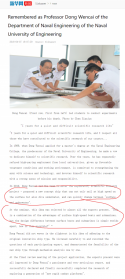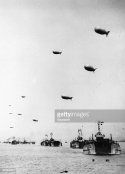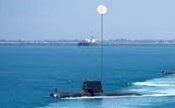Certainly able to bring massive capability uplift in detecting low-flying enemy warplanes and enemy missiles, should this be viable to implement.what about the possibility of a tethered UAV for sensors and comms, to give the maximum possible radar horizon? some other navies are already looking at this.
With reactors, you can have a rotary drone that carries the surface/low altitude search radar array and follows the ship, staying aloft with a battery and reserve fuel tank, but electricity topped off with wire or wireless charging. Data can be sent by RF, laser or fiber optics.
This allows for a huge radar horizon vs low altitude targets. The ship itself can carry the big high altitude air defense radars, where such a high radar horizon is less advantageous.
A 15 m high radar vs. a 50 m target has 15 km radar horizon and 45 km target visibility.
A 1000 m high radar on a tethered drone vs the same target has 130 km radar horizon and 130 km target visibility.
However, in order to do what is basically installing an additional - But floating - radar set above a moving warship, how big can the hovering radar drone get in terms of dimension and weight? Since, you know, more powerful radar set tends to get larger, heavier and bulkier.
Another concern would be whether the hovering radar drone can increase the risk of exposing the position of the tethered warship itself to detection by enemy AEW&C aircraft and/or enemy warships as the hovering radar drone grows larger in size.
Last edited:



